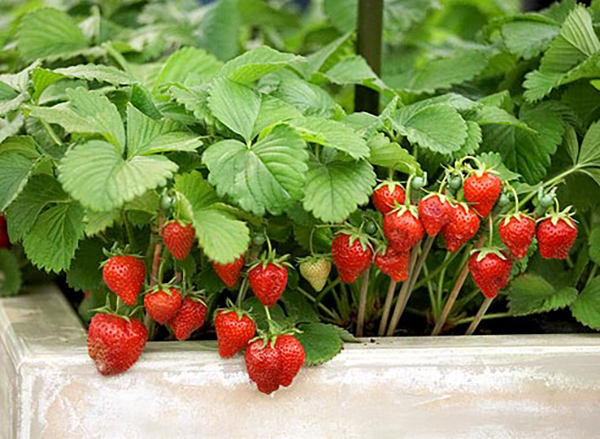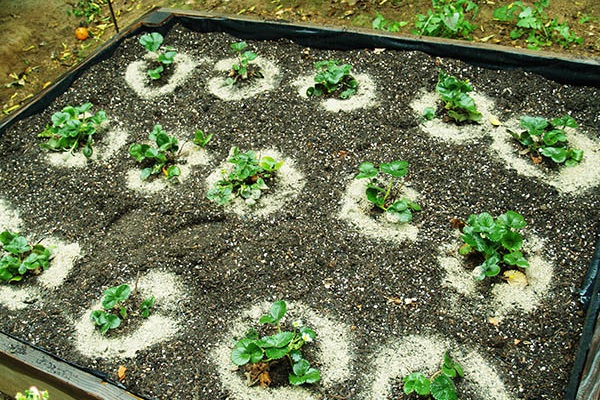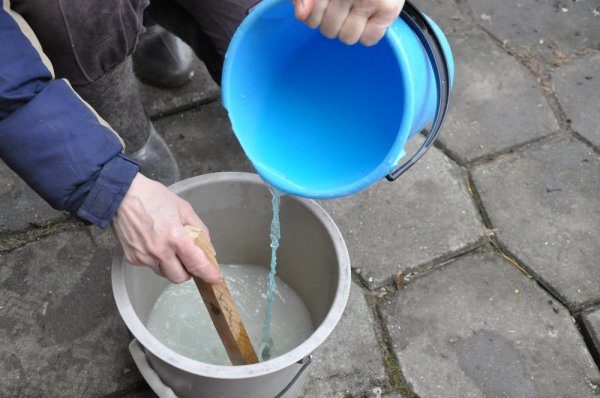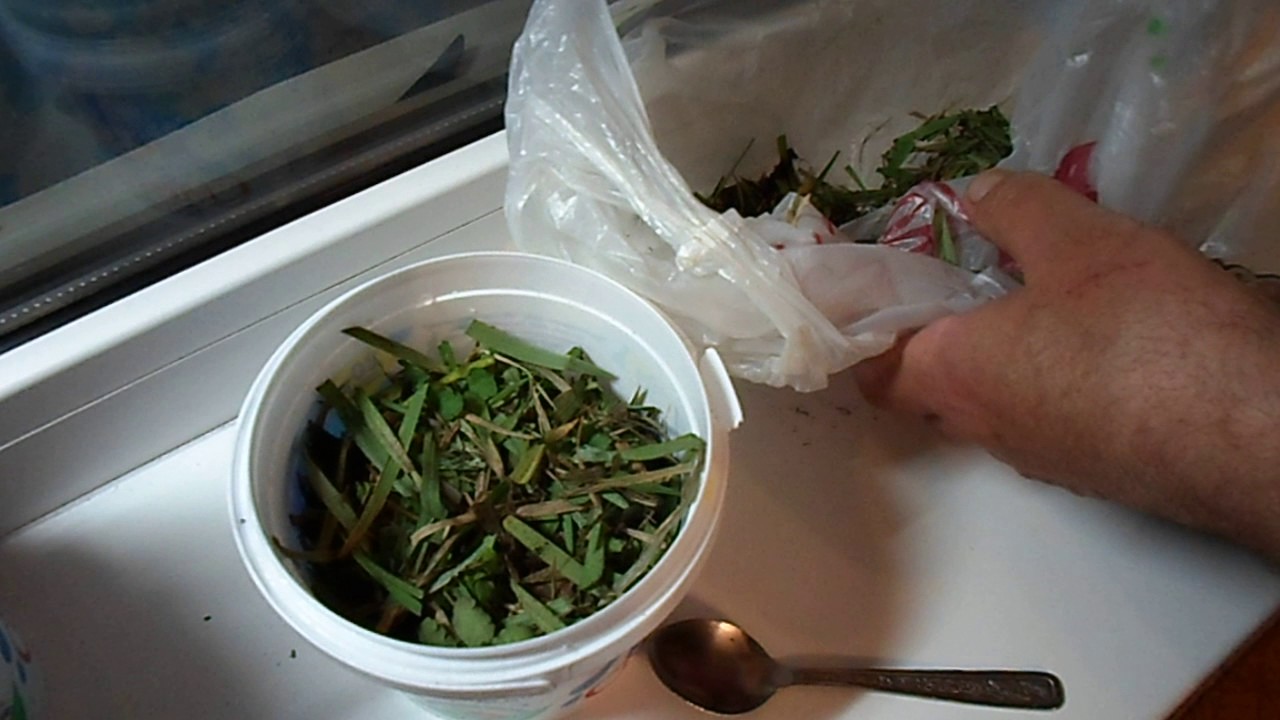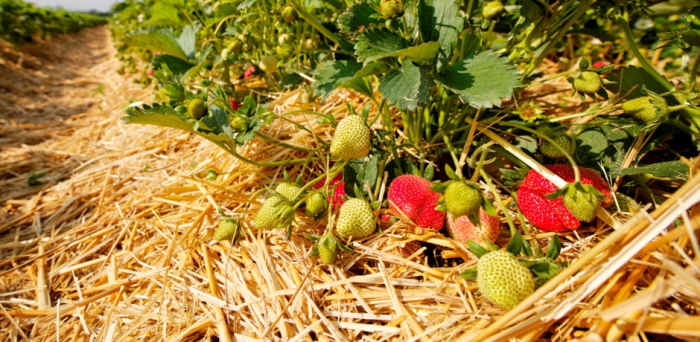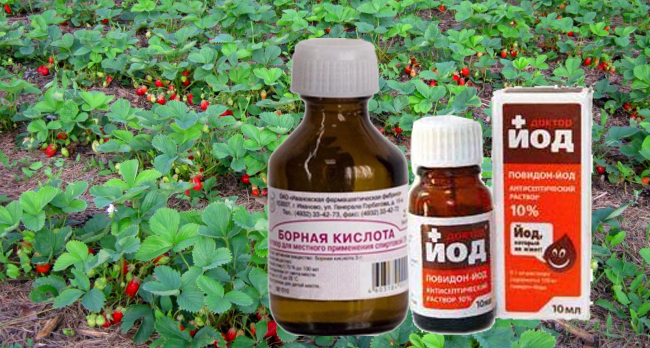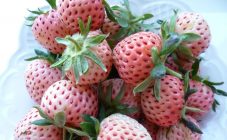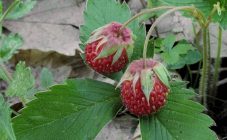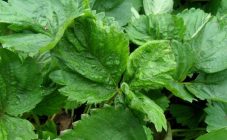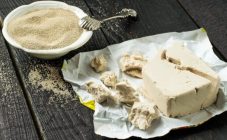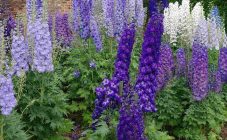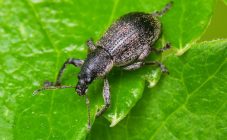Content:
To get a good harvest of garden strawberries or, as gardeners say, strawberries, you need to devote some time to caring for strawberries in the spring. Top dressing, disease prevention, pest control, watering and mulching are the main conditions for a good harvest of everyone's favorite berry.
Despite a lot of information on this topic, beginners have a question: how to fertilize strawberries?
The first feeding and preventive treatment against pests
Timely feeding of strawberries during flowering and berry setting is the key to success for a good harvest. In April, after the snow has melted, it is worth examining carefully all the bushes and checking how they survived the winter. You should loosen the ground around the bushes and cut off old dry leaves. Young greens do not need to be touched. Pruning them will lead to a delay in fruiting for 2 weeks and the plant will have to spend additional energy to build up green mass.
In spring, plants need nitrogen for intensive growth. If the amateur gardener is not opposed to the use of chemical fertilizers in his area, the bushes can be fed with urea, urea or any nitrogen-containing fertilizer. To obtain a plant of nitrogen in the required amount, 20 g per 10 liters of water are taken.
Adherents of natural farming can be advised, after loosening, add a handful of rotted compost and 1-2 tablespoons under each bush. l. biohumus. You can take a 0.5 liter can of rotted manure, stir in a bucket of water and pour 1 liter of solution under each bush. Strawberries will respond with gratitude to this concern. If there is no manure and compost on the site, you can buy dry manure in the form of granules at gardening stores. Horse, cow and chicken are sold there. Dilute according to package directions and water the plants or simply add a few dry granules under each outlet.
To protect against pests and top dressing, pour a handful of ash under each bush. Its use will increase the potassium content in the soil, and it is necessary during the budding period and to increase the sugar content of fruits. In April, there is still enough moisture in the ground; before feeding, the plants do not need watering.
At the same time, it is worth taking preventive measures to combat the weevil and the beetle - the larva of the May beetle. The first spoils the buds, gnawing the core, the second, gnaws at the roots of plants, which leads to the death of the bush. For 10 liters, take 40-50 ml of ammonia and pour 0.5 liters of solution under each plant, trying not to get on the young leaves.
For plants, you can only fertilize with rotted manure. Fresh manure will bring with it a lot of weeds and fungal diseases.
If there are no weevils and May beetles on the site, you can feed with ammonia by taking 2 tables. l. on a bucket of water. Nitrogen from ammonia is easily absorbed by plants.
If strawberries do not build up a leaf mass poorly, you can use the folk method: make yeast feeding. Dilute 100 g of "live" yeast in 0.5 l of warm water, add 1 tablespoon of sugar. Let stand for a while. Pour a bucket into 10 liters and pour 0.5 liters of bushes into the outlet with this solution.
Second feeding
The next fertilization must be done during the period of extension of the peduncles or a little later.How to feed strawberries during flowering? Here it is required to give the berries a complete complex fertilizer, such as solution, aquarine, containing not only nitrogen, phosphorus and potassium in the required proportion, but a number of microelements in a chelated form, which are readily soluble and immediately assimilated by plants. The required dosage is 20 g per 10 liters of water. Strawberries will certainly thank you for such care. You can make your own strawberry fertilizer:
- 0.5 tsp KMnO4 (potassium permanganate);
- Dissolve 0.5 tsp boric acid in a glass of mountains. water;
- 15 drops of iodine;
- 2 tablespoons of ammonia or urea.
Add all the ingredients to a bucket of water, mix thoroughly and immediately water the plants directly over the leaves (iodine and ammonia evaporate quickly). This solution supplies strawberries with elements - nitrogen and potassium, microelements - manganese, boron and iodine, and also protects the plant from gray mold. For the best effect, ash should be added to it. Pour a glass of ash with 2 cups of boiling water for 2 hours and pour it into a bucket with the prepared solution. You can simply scatter the ash around the bushes and spill the ready-made mixture over it. The effect will be the same. For foliar feeding of strawberries, strain this solution and process all plants through the leaves and buds. Plants should be treated with the same composition after harvest. To prevent drying out, weed growth, the soil under the strawberries is mulched.
In the spring, the grass begins to grow intensively, from which you can prepare a green fertilizer. Fill a plastic container half with nettles or any other herb, add water, close and leave for 7-10 days to ferment.
Take 1 liter of the prepared composition, pour it into a bucket, add water and water it at the rate of 0.5-1 liter per bush. This fertilizer is valued for its availability and efficiency, it is also called liquid manure, because it is not inferior in properties to purchased organic matter. And the quality of the brought manure can be assessed only after payment and delivery to the site.
Since the pH of ash is alkaline and that of manure is acidic, mixing between them will start a violent reaction with the release of large amounts of nitrogen, which can damage plants.
Fermented "tea"
There is another way to prepare green manure. Cooking steps:
- The cut grass is folded into a black bag and sealed hermetically. If the grass is dry, it is slightly moistened with water.
- Placed in a warm place for 2-3 days. At this time, fermentation takes place. All pathogenic microbes die from high temperatures. Fermentation allows you to enrich the green fertilizer solution with "live" bacteria, increases the content of trace elements.
- The resulting mass is put into a plastic bucket, filling it to 1/3 of the height.
- Pour with water, let it brew for 2 hours to obtain the most saturated and nutritious solution.
- Dilute the resulting composition in half and water 1 liter at the root.
The remaining grass in the bucket can be poured over and fertilized with undiluted solution. And bushes are mulched with the remains from the bucket. This mulch is instantly processed by worms and microorganisms.
Top dressing number 3
How to feed strawberries to get sweet and large berries? During the period when the fruit begins to form, it is important to give the strawberries enough potassium to improve the palatability and increase the sweetness of the berries. To do this, add 20 g of potassium sulfate or potassium monophosphate to a bucket of water (in this case, the berry will receive phosphorus as well), mix, watered at the root. Strawberries can get potassium from ash, during the season you need to periodically pour it under the bushes.
If the weather is rainy during the fruiting period and you need to save the harvest, they will come to the rescue:
- 3% hydrogen peroxide. Add 1 table l to 10 l of water.
- Iodine. 1 table. l. 10 liters of water with advanced disease (gray rot). Treated to reduce and inhibit the growth of pathogenic bacteria and fungal diseases and 0.5 table. l.for prevention.
- Baikal EM1. 1 table. l. add to 10 liters of water.
- Dusting with ash on the leaves.
You can alternate these treatments or use only one of them. It is necessary to process berries once a week. You can water from a watering can, or process from a spray bottle, trying to get on the berries, bushes and the ground. The berries can be eaten the very next day.
So that there are no problems with weeds and the berries remain clean after the rain, mulching is used. Mulch is also called dry irrigation, as it prevents moisture from evaporating from the surface of the earth and prevents crusting and cracking of oily or clayey soil. How mulch can be used:
- fall foliage;
- rotted sawdust;
- needles;
- dry grass;
- straw.
In translation from English, strawberry means "straw berry". The British always laid a lot of straw under the bushes with berries, believing that it improves the taste of the fruit.
In order for the mulch to have an effect, its height should be 10-15 cm, during the summer it must be added several times.
For better and faster processing of mulch by worms and soil microorganisms, it is spilled in the spring with humates, green fertilizer or solutions prepared with the addition of manure.
Fresh sawdust before use as mulch is treated with urea, carbamide or soaked in a barrel with mullein or bird droppings to saturate them with nitrogen. You can leave them uncovered until next season. If you mulch strawberries with fresh sawdust, they will oppress the plants, taking nitrogen from them.
Agronomist tips
To get abundant fruiting, to strengthen the flowers, to prevent them from shedding, you can process strawberries with boric acid. 2 g boric acid or 1/2 tsp. dilute in a glass of hot water. It dissolves poorly in cold water. Mix the composition with 10 liters of water and spray the bushes directly over the leaves and buds.
To attract bees in a rainy summer, the bushes are sprayed with a composition consisting of 1 tablespoon of honey and 1 liter of water.
Iodine plays an important role for strawberries. It helps fight various diseases. During the season, 3 treatments should be performed:
- during budding;
- during the formation of berries;
- after harvest.
Before the strawberries bloom and during the formation of berries, add 0.5 tsp per 10 liters. iodine + 1.2 table. l. adhesive (liquid soap, detergent, shampoo), treat the bushes and the ground under them for preventive purposes. After harvesting, they are treated from the weevil. If the invasion of the pest was massive, it is necessary to resort to chemistry.
Distinguish between large-fruited and small-fruited strawberries. In spring, small-fruited strawberries are fed in the same way as large-fruited ones, but during the summer you have to feed them very often, since all small varieties are remontant, that is, there is a continuous flowering and fruiting cycle. And to recuperate, strawberries take all the nutrients from the earth, making it very impoverished.
Small-fruited strawberries are suitable for growing on open balconies in large flower pots. She is able to bloom and bear fruit at home on the windowsill when there is already snow on the street. Fertika kristalon can be used as a top dressing for strawberries, which is a complex fertilizer that contains all the macro and microelements necessary for growth and fruiting.
By fertilizing the crop correctly, you can count on good yields.
